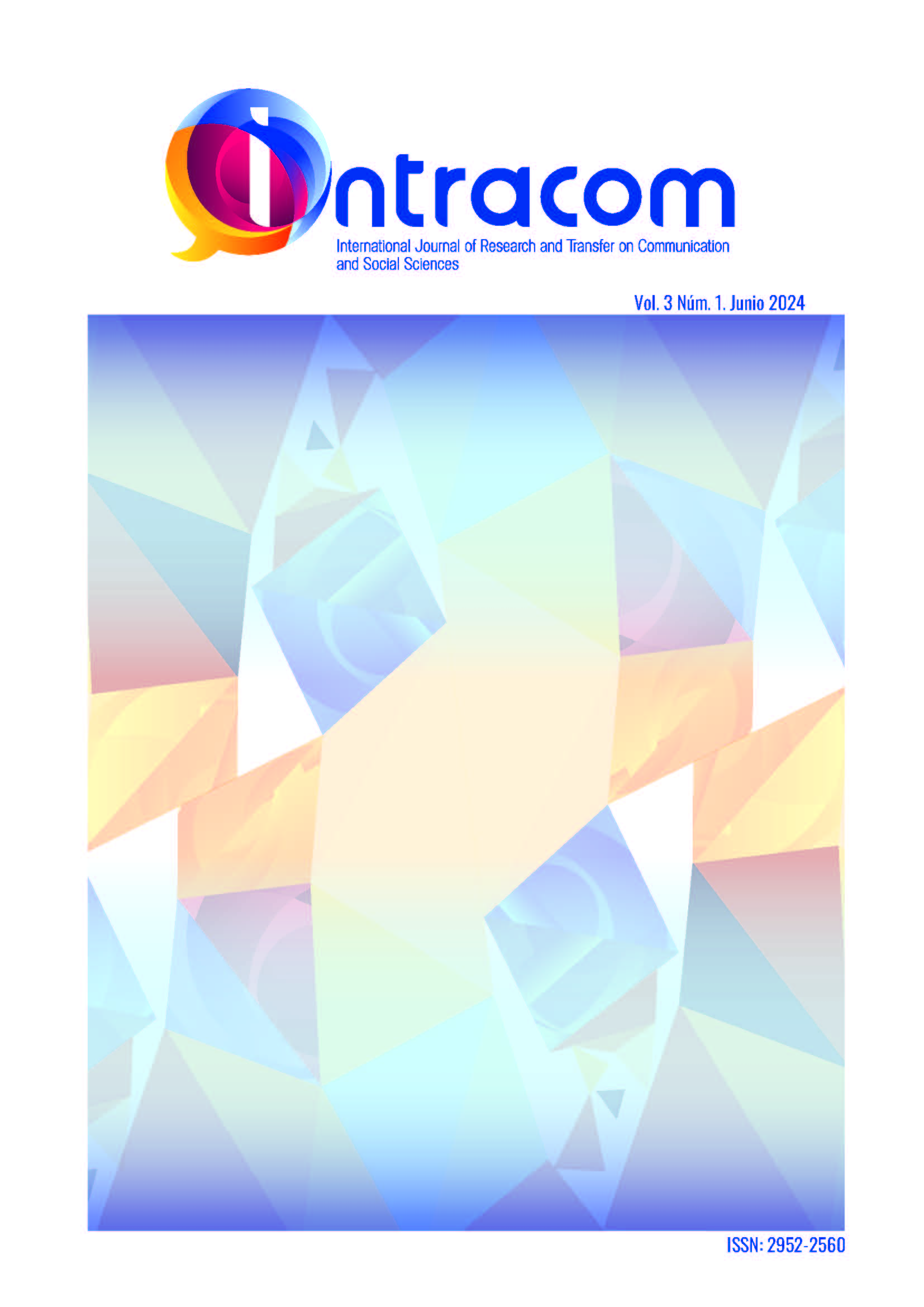The aesthetics of social class in La Grande Bellezza
DOI:
https://doi.org/10.61283/nqgnmb72Keywords:
Jacques Rancière, Paolo Sorrentino, social class, aestheticsAbstract
This essay introduces Jacques Rancière's philosophical ideas and analyzes Paolo Sorrentino's La Grande Bellezza (2013). It explores the film’s cinematic aesthetics and the system of distances, linking Rancière’s concept of the sensible world with the film’s portrayal of the Italian upper class. The discussion addresses the dual structure of beauty and societal critique, the redistribution of roles and perceptions, and the relationship between aesthetics, ethics, and politics. Through Rancière's lens, the essay delves into the film's imagery, emphasizing the importance of critical art in transforming the spectator into an active participant in society.
Downloads
References
Arcos-Palma, R. (2008). Jacques Rancière: Estética, ética y política. Inponencia presentada en el II Congreso Colombiano de Filosofía, Cartagena de Indias.
Buck-Morss, S. (2005). Estética y anestésica: una reconsideración del ensayo sobre la obra de arte. Walter Benjamin, escritor revolucionario.
Deleuze, G. (2003). La imagen-movimiento: Estudios sobre cine 1. Ellul, J. (2009). Money and power. Wipf and Stock Publishers.
Foster, H. (2001). El retorno de lo real (Vol. 8). Ediciones Akal.
Giuliano, N., Cima, F (Producer), & Sorrentino, P. (Director). (2013). La Grande Bellezza [Motion picture]. Italy: Medusa Film, Coproducción Italia-Francia; Indigo Film/Medusa Film/Pathé/France 2 Cinema/Babe Film/Canal+/Mediaset Premium.
Huberman, H. D. (2005). Ante el tiempo. Buenos aires, Adriana Hidalgo editores. Nancy, J. L. (2002). Un pensamiento finito (Vol. 120). Anthropos Editorial.
Rancière, J. (1996). El desacuerdo: política y filosofía. Buenos Aires: Nueva Visión.
Rancière, J. (2004). Malaise dans l'esthétique. Galilée.
Rancière, J. (2005). El inconsciente estético. Del estante.
Rancière, J. (2010). El espectador emancipado. Ediciones Manantial.
Rancière, J. (2011). El destino de las imágenes. Politopías.
Rancière, J. (2012). Las distancias del cine. Ediciones Manantial.
Ren, H. (2015). Cinematic Regimes and the Disappearing Factory in China. PORTAL Journal of Multidisciplinary International Studies, 6(2).
Shusterman, R. (2002). Estética pragmatista: viviendo la belleza, repensando el arte. Idea Books.
Stoichita, V. I. (1999). Breve historia de la sombra (Vol. 14). Siruela.
Downloads
Published
Issue
Section
License
Copyright (c) 2024 Júlia Vilasís-Pamos (Autor/a)

This work is licensed under a Creative Commons Attribution-NonCommercial-ShareAlike 4.0 International License.
Política de acceso abierto
Se permite el acceso libre y abierto de cualquier interesado a todos los contenidos de los números de la revista, sin costo alguno, pudiendo imprimir y trasladar todos los artículos, con la única condición de precisar la fuente y la autoría.
La revista: a) no cobra a las autorías costes por el procesamiento de los artículos ni por el envío de los mismos, b) mantiene el copyright para los autores sin restricciones, c) facilita a los autores conservar sus derechos de publicación sin limitaciones.
La Revista Internacional de Investigación y Transferencia en Comunicación y Ciencias Sociales (INTRACOM) es una obra original gestionada por Activa 19 Comunicaciones. Todos los artículos incluidos en la Revista son obra original de sus respectivas autorías. Esta Revista se ofrece libremente a la comunidad científica y académica sin coste alguno y libera los contenidos de acuerdo a la licencia "Reconocimiento-NoComercial-CompartirIgual 4.0 CC BY-NC-SA" del proyecto Creative Commons dispuesta en la siguiente url: https://creativecommons.org/licenses/by-nc-sa/4.0/legalcode






